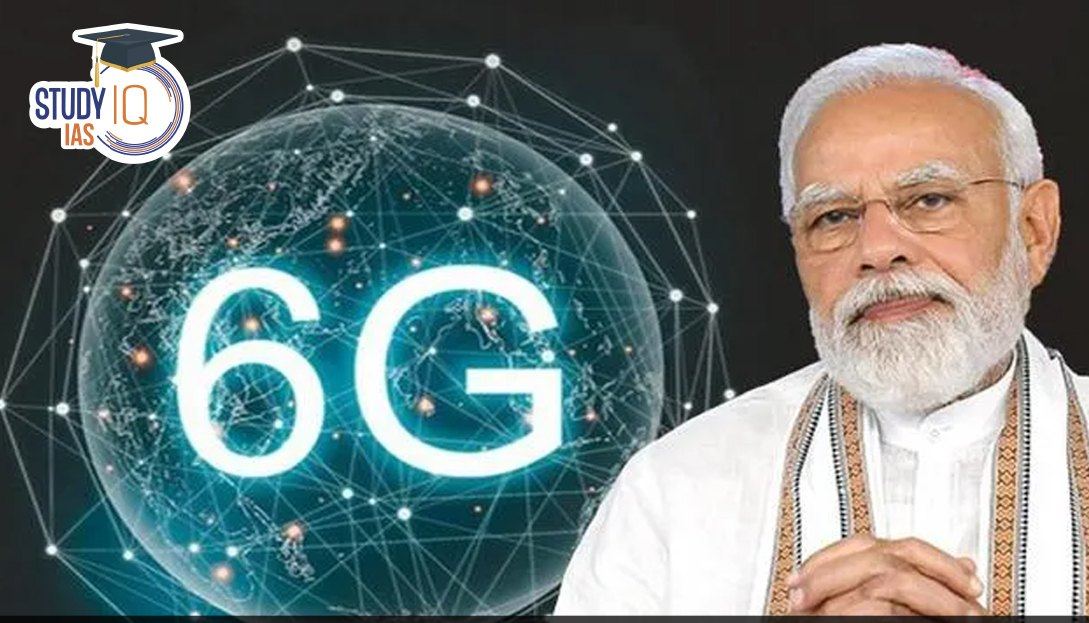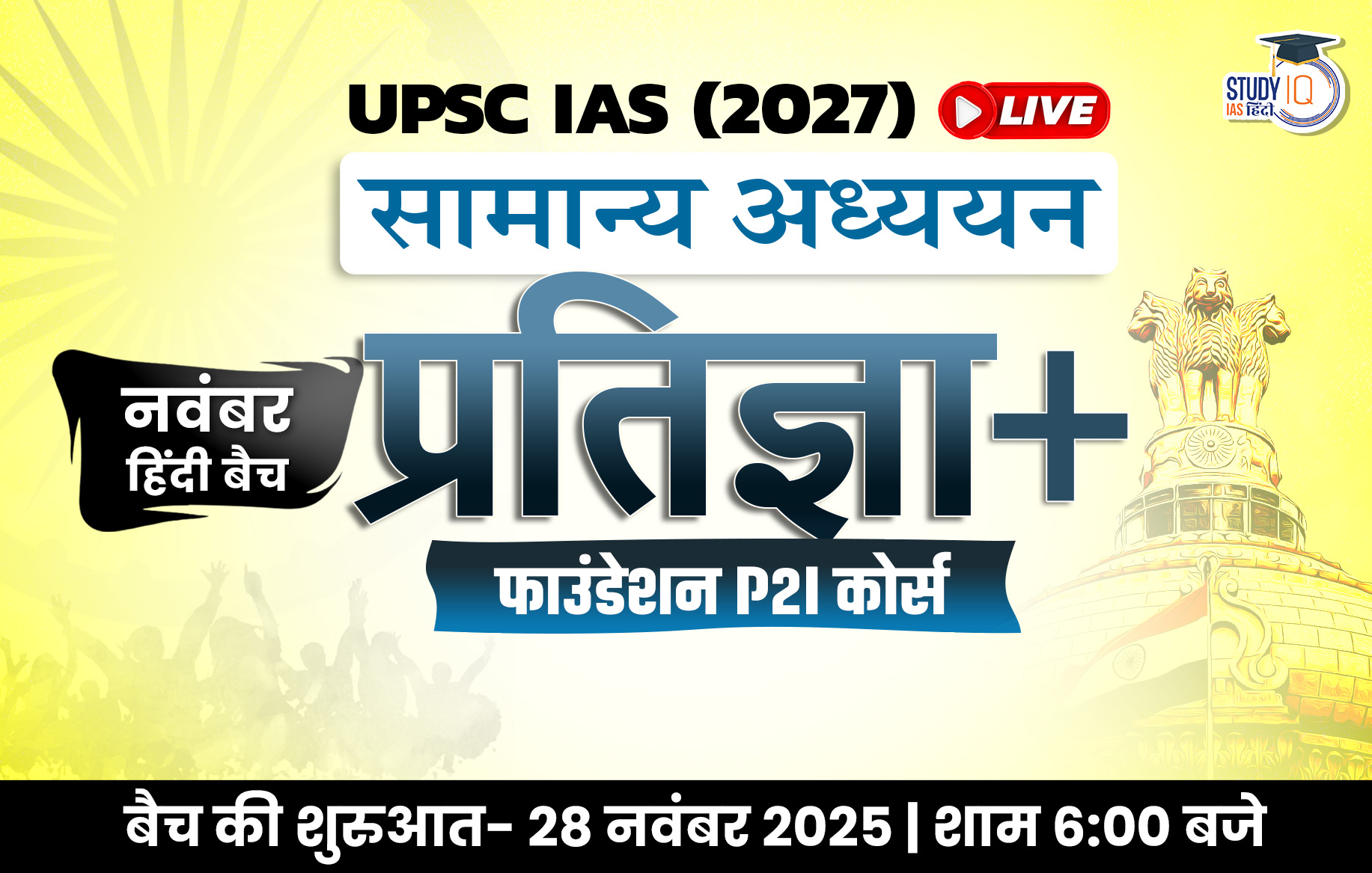Table of Contents
India is preparing for the next revolution in telecommunications with the rollout of 6G technology, targeted for 2030. After the successful deployment of 5G in 2022, the Indian government launched the Bharat 6G Vision Document (2023) to position India as a global leader in 6G technology. This vision emphasizes affordability, sustainability, and ubiquitous connectivity, ensuring that 6G not only enhances communication but also integrates with cutting-edge innovations like artificial intelligence (AI), terahertz (THz) spectrum, and satellite-based networks.
What is 6G Technology?
6G (Sixth Generation Wireless Technology) is the successor to 5G and is being developed under the global framework of IMT-2030 defined by the International Telecommunication Union (ITU). Compared to 5G, 6G will offer:
-
Ultra-high data speeds (up to 1 Tbps).
-
Ultra-low latency for real-time applications.
-
Integration of communication and sensing capabilities.
-
Seamless coverage across terrestrial and non-terrestrial networks (satellites, drones).
-
AI-native networks for automation and efficiency.
Bharat 6G Vision: India’s Roadmap to 2030
The Bharat 6G Vision, released in March 2023, lays down India’s strategy to lead globally in 6G research, development, and deployment. The document focuses on:
-
Designing and developing indigenous 6G technologies.
-
Ensuring digital inclusion and affordability.
-
Promoting sustainability and energy-efficient networks.
-
Strengthening India’s position as a hub for 6G innovation.
Key Government Initiatives for 6G in India
1. Research & Development
-
Two 6G testbeds have been funded for developing next-generation technologies.
-
111 research proposals in 6G ecosystem approved to promote innovation in areas like AI-driven networks, terahertz communications, and O-RAN Massive MIMO systems.
2. 100 5G Labs for 6G Readiness
-
100 labs have been established in academic institutions across India.
-
These labs aim to build a skilled workforce and support start-ups and research institutes working on 6G technologies.
3. Telecom Technology Development Fund (TTDF)
-
Launched on 1 October 2022.
-
Funds R&D and innovation in telecom, including 6G.
-
By July 2025, 104 projects worth ₹275.88 crore sanctioned.
4. Bharat 6G Alliance
-
A collaborative platform of industry, academia, and research institutions.
-
Signed MoUs with leading global 6G alliances to strengthen international partnerships.
-
Focus: Develop indigenous 6G solutions and align with global standards.
5. Technology Innovation Hub (TIH) – IIIT Bangalore
-
Established under the National Mission on Interdisciplinary Cyber-Physical Systems (NM-ICPS).
-
Focus on advanced communication systems like:
-
Reconfigurable Intelligent Surfaces (RIS).
-
Advanced O-RAN Massive MIMO.
-
-
Aim: Enhance coverage, capacity, and integrated sensing in future 6G networks.
Key Technologies for 6G in India
-
Terahertz (THz) Spectrum:
The government is exploring high-frequency THz bands, offering unprecedented bandwidth and speed. -
AI-Driven Networks:
Integration of artificial intelligence (AI) into networks for predictive analysis, traffic management, and automation. -
Satellite-Integrated Networks:
Seamless connectivity through low-earth orbit (LEO) satellites and drones. -
Indigenous Standards and Solutions:
Focus on self-reliance to reduce dependence on foreign technologies and ensure digital sovereignty.
6G Timeline in India
-
2023: Bharat 6G Vision released.
-
2023–2027: R&D, establishment of testbeds, and development of indigenous technologies.
-
2028–2029: Large-scale trials, pilots, and international collaborations.
-
2030: Commercial rollout of 6G in India, aligned with IMT-2030 standards.
Benefits of 6G for India
-
Ultra-fast internet enabling immersive AR/VR, metaverse applications, and holographic communication.
-
Boost to Industry 4.0 with smart factories and IoT-based automation.
-
Smart governance with AI-driven real-time services.
-
Rural digital inclusion through satellite-terrestrial hybrid networks.
-
Global leadership in setting standards and exporting 6G solutions.
Challenges Ahead
-
High investment requirements in infrastructure.
-
Spectrum allocation in THz bands.
-
Cybersecurity threats with hyper-connected networks.
-
Need for global harmonization of standards.
Conclusion
India’s 6G technology roadmap is ambitious yet achievable. With the Bharat 6G Vision, strong focus on research, indigenous development, and global partnerships, India is on track to become a global leader in 6G by 2030. The success of this mission will not only transform India’s digital ecosystem but also establish it as a key contributor to global telecom standards and innovation.


 India Re-Elected to Codex Alimentarius C...
India Re-Elected to Codex Alimentarius C...
 Rights of Transgender Persons in India 2...
Rights of Transgender Persons in India 2...
 Climate Change Performance Index (CCPI):...
Climate Change Performance Index (CCPI):...

























